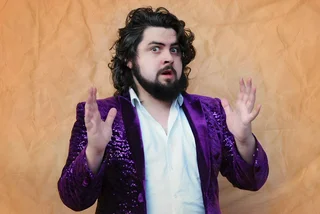High on a cliff overlooking the Vltava, with breathtaking views up and down the river, lies Vyšehrad, once a mighty fortress but now a peaceful green oasis, the home of the Church of SS Peter and Paul and a wonderful cemetery where many prominent Czechs are buried. The neo-Gothic church, decorated with Art Nouveau murals, is a visual delight, a definite must-see in this golden city. (For more on the church see the article on Vyšehrad in the November 2005 issue of The Bridge.)


